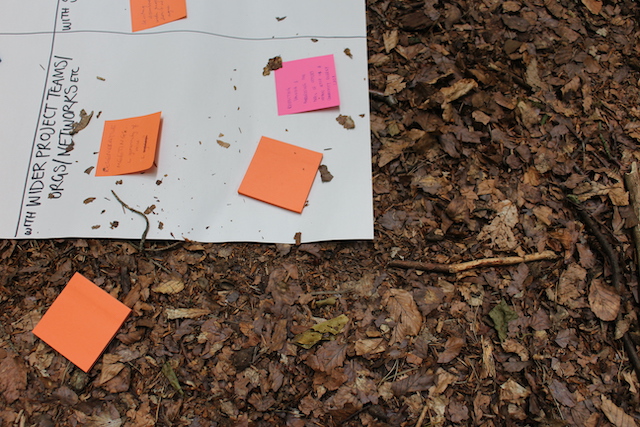Have you every wondered why we make the engineering decisions we do? Why, despite decades of knowledge about the climate and ecological breakdown, we continue to design in a way that causes harm to our life-support systems. To help understand the driving forces behind design decisions, James Norman and I proposed the Systems Bookcase model in ‘the Regenerative Structural Engineer’.
Continue reading “The Systems Bookcase model”Shifting the systemic barriers to regenerative design
The idea that construction should enhance ecosystems and communities rather than depleting them might sound like a given. After all, shouldn’t the world be genuinely better off, more resilient, thriving, and adaptable after we build something? This, in essence, is what a regenerative construction industry is all about.
However, when we start translating this approach to individual projects, we quickly encounter a plethora of barriers: supply chain restrictions, legislative hurdles, planning constraints, contractual structures, questions of long-term ownership, measurement and metrics, to name a few.
Continue reading “Shifting the systemic barriers to regenerative design”Regenerative Design Spring Residential – welcome to the woods.
We are looking forward to welcoming our second cohort on the Regenerative Design Lab to Hazel Hill Wood for their spring residential visit.
The Regenerative Design Lab programme works with the seasons. We held interviews in the winter (when it was actually snowing) and are meeting in the spring where first shoots of ideas will emerge. Over the summer we will turn these ideas into experiments. And and we will harvest and share the fruits of these experiments in the autumn.
In this find out about what we do on our residential retreats and how it fits into the Lab programme.
Continue reading “Regenerative Design Spring Residential – welcome to the woods.”


